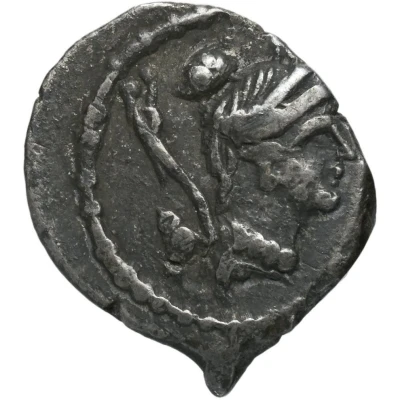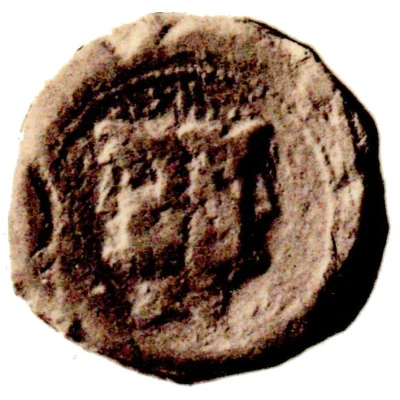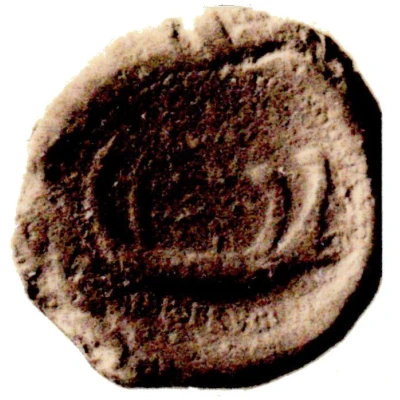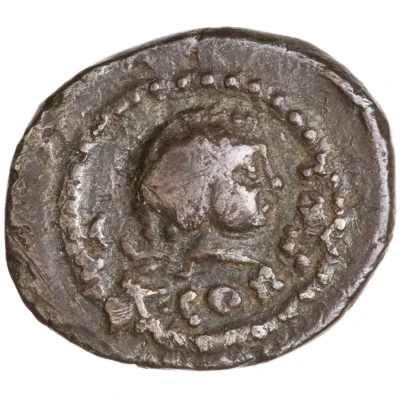


© Bibliothèque nationale de France / Gallica
Sestertius Carisia: Titus Carisius; T•CARIS 46 BC
46 BC year| Silver | 0.96 g | 10 mm |
| Issuer | Rome › Roman Republic (509 BC - 27 BC) |
|---|---|
| Period | Republic (509 BC - 27 BC) |
| Type | Standard circulation coin |
| Year | 46 BC |
| Value | Sestertius (¼) |
| Currency | Denarius of 16 Asses (141 – 27 BC) |
| Composition | Silver |
| Weight | 0.96 g |
| Diameter | 10 mm |
| Shape | Round (irregular) |
| Technique | Hammered |
| Orientation | Variable alignment ↺ |
| Demonetized | Yes |
| Updated | 2024-10-06 |
| Numista | N#394482 |
|---|---|
| Rarity index | 100% |
Reverse
Hound running right. Border of dots.
Legend T•CA or T•CAR or T•CARIS or T•CARISI.
Script: Latin
Lettering: T•CA
Translation: Titus Carisius
Comment
The gens Carisia was a Roman family during the latter half of the first century BC. The most famous member of the gens was Titus Carisius, who defeated the Astures in Hispania circa 25 BC; but in consequence of his cruelty and insolence, the Astures took up arms again in 22 BC.
Interesting fact
One interesting fact about the Sestertius coin is that it features an image of the Roman goddess Libertas, who represents freedom and liberty, on its reverse side. This is significant because the coin was minted during the reign of Julius Caesar, who was known for his efforts to expand the Roman Empire and bring about political and social reforms. The inclusion of Libertas on the coin may suggest that Caesar was promoting the idea of freedom and liberty for the Roman people, which was an important aspect of his agenda.



